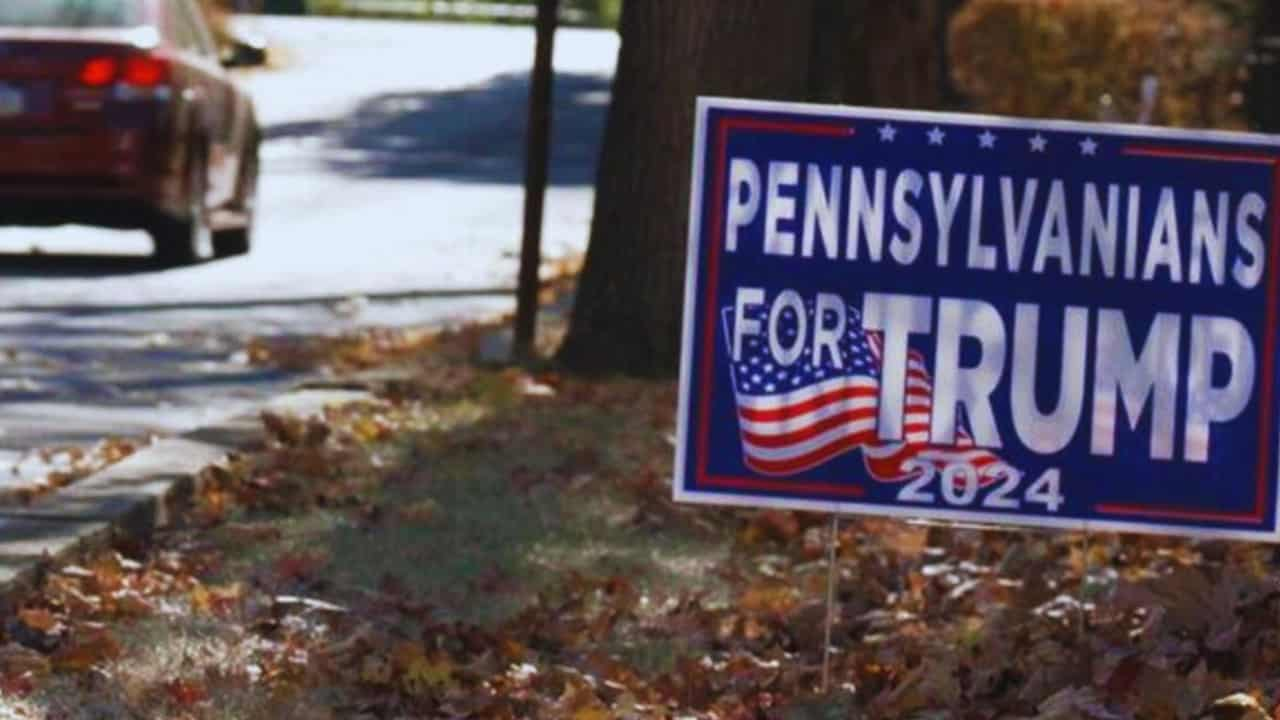Economic Worries Reshape American Political Landscape: Trump’s Surprising Comeback Victory
In a stunning political transformation that has reshaped America’s electoral map, Donald Trump secured sweeping victory across all seven swing states, marking one of the most significant political shifts in recent U.S. history. As a reporter on the ground, I witnessed firsthand how kitchen table economics drove voters to make unexpected choices.
The numbers tell the story. Trump captured just over 50% of the popular vote, but the real story lies in the dramatic demographic changes. His support among Latino voters jumped by 14 percentage points, while he also made surprising gains among young voters and women. The Republican Party now controls the Senate and appears poised to take the House, with more than 80% of the nation’s counties moving rightward.
Ground Zero: Pennsylvania’s Working Class Nowhere is this shift more visible than in Pennsylvania’s Northampton County, where economic concerns trumped traditional party loyalties.
At the Nazareth Diner, a local institution, manager Roz Werkheiser tells a story that echoes across America: “The prices have gone up. For a family of four people or five people, I have them come in and say, ‘Oh my God, I spent $100 with the tip for breakfast.'” That’s crazy.'”
The Latino Shift Perhaps the most striking aspect of this election is the Latino community’s dramatic swing toward Trump. Ronald Corales, a successful Pennsylvania barbershop owner whose father immigrated from Peru, represents this new political reality. “A lot of the Latinos are working-class people,” he explains. “They have families, and they support their families even outside the country.”
Why Democrats Lost Their Way Democratic Representative Susan Wild, who lost her seat in this wave, offers a stark assessment: “If you are struggling to pay your rent or feed your kids, you don’t have the privilege of thinking about things like LGBTQ rights.” The party’s focus on social issues, while important, failed to connect with voters’ immediate economic concerns.
The Economic Reality Since 2019:
- Egg prices rose 176%.
- Bread costs jumped 52%.
- Chicken breast prices increased 36%.
- Overall prices climbed 22% between January 2020 and September 2024.
Looking Ahead Political analyst Leslie Sanchez suggests this shift could last: “If Trump can really meet those promises, bring inflation down, make things more affordable, and make these families feel more financially secure, he’s going to have an ally for probably several election cycles going forward.”
The Harris Campaign’s Miscalculation Vice President Harris’s campaign fell short of Biden’s 2020 numbers, failing to energize key Democratic constituencies. Campaign strategists mistakenly assumed that issues like abortion rights would drive turnout while underestimating the power of economic concerns.
What’s Next? As America enters this new political era, the question remains: Can Trump deliver on his economic promises? The answer may determine whether this political realignment becomes permanent or proves to be a temporary response to post-pandemic economic struggles.
This election has demonstrated that voters’ financial decisions often override their ideological preferences when they step into the voting booth. One pollster observed that politics can often be compared to the cost of eggs.
